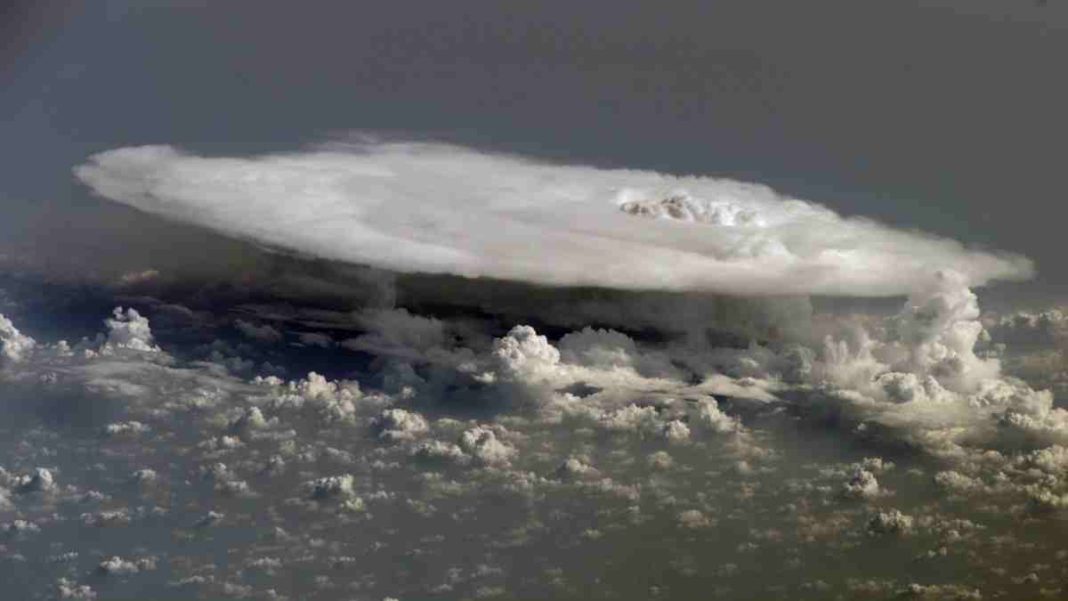UNITED STATES: NASA is gearing up for an exciting new mission that can revolutionize our understanding of ice clouds at high altitudes in Earth’s atmosphere.
The upcoming Polarized Submillimetre Ice-cloud Radiometer (PolSIR) mission will deploy two small satellites equipped with specialized sensors to collect unprecedented data on the behaviour and changes of ice clouds throughout the day.
This mission holds the key to enhancing climate forecasts and unravelling the influence of ice clouds on our planet’s climate.
PolSIR will mark the first time scientists can study ice clouds with such intricate detail. These ice clouds, which form above tropical and subtropical regions, play a vital role in climate patterns and are directly affected by climate change.
By closely monitoring their behaviour, researchers hope to gain invaluable insights into their response to environmental shifts and their potential impact on future climate scenarios.
The mission’s primary instruments are pairs of radiometers, which will measure electromagnetic radiation emitted by the ice clouds.
The radiometers will operate at two distinct frequencies: 325 and 680 gigahertz, allowing for precise data collection. CubeSat, a compact satellite measuring just over a foot in height, will house a set of radiometers.
The two CubeSats will be deployed in low Earth orbit, orbiting at a distance of three to nine hours apart. This strategic arrangement will enable continuous data collection over 24 hours, unveiling the dynamic nature of ice clouds.
Karen St. Germain, leader of NASA’s Earth Sciences Division, explains that the radiometers measuring the radiant energy emitted by clouds will improve our understanding of how ice clouds evolve throughout the day.
PolSIR is an Earth Venture mission, part of NASA’s initiative to explore Earth’s systems and enhance our predictive capabilities for future changes.
The PolSIR project was selected through a competitive grant application process, with the team from Vanderbilt University securing a $37 million grant for operational costs (excluding launch expenses).
Ralf Bennartz, chair of the Department of Earth and Environmental Science at Vanderbilt, and Dong Wu from NASA’s Goddard Space Flight Centre in Maryland will lead the mission.
This exciting endeavour joins NASA’s vast array of Earth-focused missions, including the recently launched TROPICS experiment and the TEMPO mission, both falling under the Earth Venture umbrella.
With the climate crisis at the forefront of global concerns, NASA has highlighted the importance of Earth science missions, emphasizing their role in unravelling the multifaceted impacts of climate change on our planet.
If all goes according to plan, PolSIR will launch in 2027, according to a statement from Vanderbilt University.
This ambitious mission promises unlocking groundbreaking insights into high-altitude ice clouds, revolutionizing our understanding of these atmospheric phenomena and their critical role in shaping Earth’s climate.
Also Read: NASA Discovers First Polar Cyclone on Uranus



